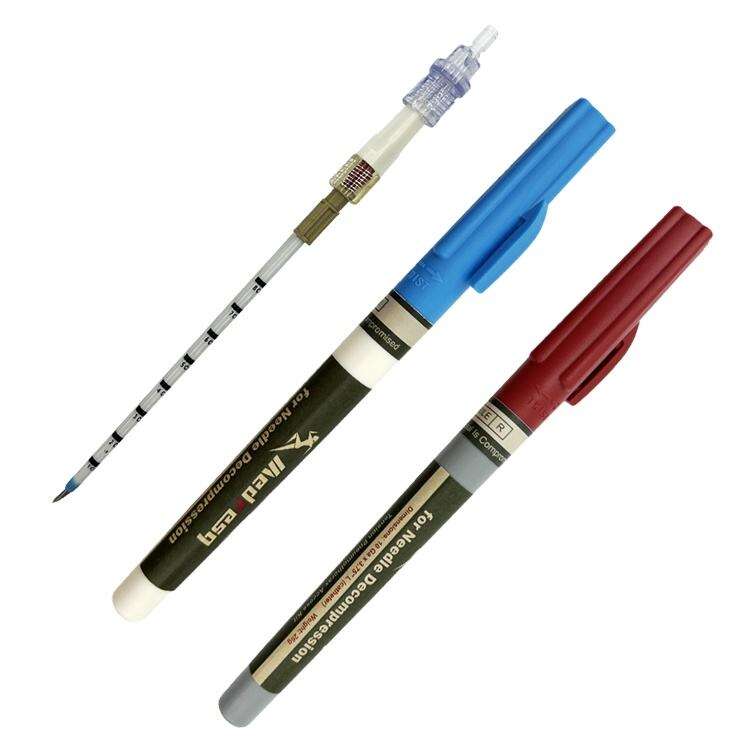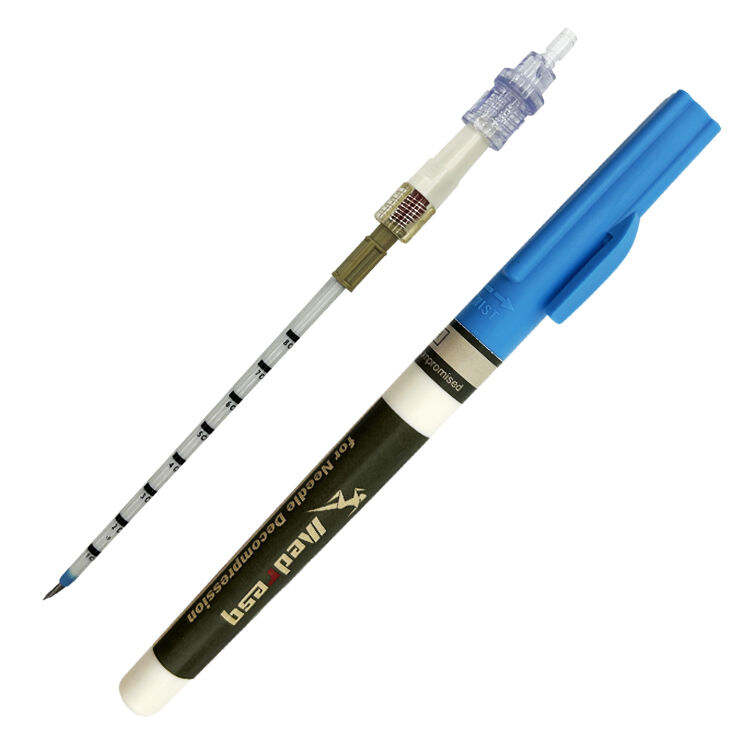When time is of the essence, medical emergency equipment should work perfectly. In the case of the needle decompression devices, which are very essential in addressing the tension pneumothorax, long-term storage stability will be of utmost concern. How do we see to it that these devices are safe, functional and sterile after years of being in an untried kit? In this blog, the author discusses the most important factors influencing their shelf life.
Sterility preservation in varying temperature and humidity levels
The initial point of protection of a needle decompression device is the sterile barrier system. Its integrity is the most important one but may be harshly put to the test by the environmental factors. High temperature may result in brittle plastic layers of sterile packaging or even fuses to form micro-tears which may affect the sterility. Very low temperatures on the other hand can cause certain plastics to become brittle and easily crack.
Humidity is an unspoken cause of degradation. A long exposure to moisture may make the adhesive seals of packaging weak, so as to allow moisture and microbes in the air to infiltrate. This moisture may also be wicked through packaging and hence may result in the corrosion of the device within or may contribute to the growth of molds which is a direct breach of sterility. In the long-term, reliability, such kits would need to be stored under climatic conditions without exposure to extreme conditions which would strain the materials.

Corrosion resistance of needles and housing materials over time
The needle is at the core of the work of the device. It is usually manufactured out of a medical grade of stainless steel; this is due to the fact that it has very great resistance to corrosion. Nonetheless, over the long run corrosion becomes a serious threat. Even stainless steel of high university quality may couple to pitting or surface oxidation when exposed to any chlorides or other contaminants, which can frequently manifest themselves in a humid environment inside the kit.
The plastic or the housing elements also undergo the challenge of the time. It is possible to subject polymers to a process known as off-gassing in which chemical additives gradually evaporate. The vapors can then condense on the sterile needle, this may also cause corrosion or a coating of the surface with a residue that may then make it difficult to penetrate. Moreover, other plastics might weaken or turn brown over time through oxidation hence may not hold the device together or may not be easily operated during an emergency.
Recommended inspection intervals for sealed emergency kits
It is a major risk to assume that emergency equipment should be used on a set-it-and-forget-it basis. Functionality can only be ensured through proactive checking. One of the practice recommendations is to develop a formal inspection program on all sealed emergency kits.
An extensive visual inspection must be performed on a regular basis (at least once a year). This includes examining the outward side of the kit whether it is damaged, has been subject to water or crushed. The internal sterile packaging must be checked against tears, punctures, discoloration or broken seals. That kit that indicates any form of damage or the packaging is not intact must be immediately taken out of service.
More so, it is recommended to change whole kits as per the expiry date of manufacture, where possible. A typical and rather conservative rule of thumb where all annual inspections have been passed is that the maximum shelf life of the kit is five years, regardless of the exact date the kit was made. This routine rotation is important to make sure that no degradation of materials has taken place to unsafe levels.
Finally, the storage of a needle decompression device is not everlasting. Its dependability is based on sound material design, consistent storage and a disciplined and scheduled inspection system that will make it ready to undertake its life-saving duty.
 EN
EN
 FR
FR
 DE
DE
 IT
IT
 JA
JA
 KO
KO
 RU
RU
 ES
ES
 AR
AR
 BG
BG
 HR
HR
 DA
DA
 NL
NL
 FI
FI
 EL
EL
 NO
NO
 PL
PL
 PT
PT
 RO
RO
 SV
SV
 TL
TL
 ID
ID
 SR
SR
 UK
UK
 VI
VI
 SQ
SQ
 TH
TH
 TR
TR
 AF
AF
 MS
MS
 CY
CY
 IS
IS
 HY
HY
 AZ
AZ
 KA
KA
 MN
MN
 MY
MY
 KK
KK
 UZ
UZ
 CS
CS



